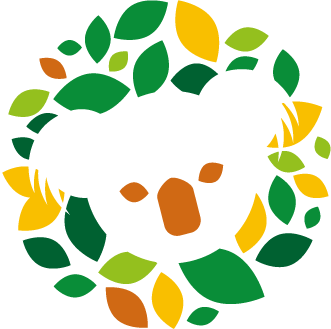RFTU-02 - Rapid fire session from selected oral abstracts
Defining And Supporting A Professional Role For Pharmacists Associated With Traditional And Complementary Medicines – A Cross-country Survey
- By: HARNETT, Joanna (The University Of Sydney, Australia)
- Co-author(s): Dr Joanna Harnett (The University Of Sydney, Sydney, Australia)
Prof Shane Desselle
Dr Marcilia Baticy Fernandes
Dr DONGNING YAO
Professor Darko Modun
Dr Souheil Hallit
Dr Mariam Dabbous
Dr Mohd Shahezwan Abd Wahabg
Dr Afonso Miguel Cavacoh
Dr Maria Magalhãesh
Dr Erwin Martinez Falleri
Dr Jennifer M. Flores Flores
Dr Jacklyn Risia D. San Gabrielk
Dr Noordin Othman
Dr Puree Anantachoti
Dr Tatta Sriboonruangm
Dr Wanna Sriviriyanupapm
Dr Faris Alnezary
Dr Yaser Alahmadil
Dr Saad Bakur Fallatah - Abstract:
Introduction: An estimated 80% of the world’s population use traditional and complementary medicine (T&CM) products as part of their healthcare, with many accessed through pharmacy. This cross-cultural study posed a set of core responsibilities and actions to pharmacists related to T&CM products with a view towards developing consensus among the profession, and safeguarding, and promoting the health of the public.
Methods: Data was collected from over 2000 pharmacists across nine countries during 2022 via a cross-sectional online survey reported in accordance with STrengthening the Reporting of OBservational studies in Epidemiology (STROBE) guideline and the Checklist for Reporting Results of Internet E-Surveys (CHERRIES).
Results: Of the 2341 participants across nine countries, most agreed (69%) that T&CM product use was common in the community they served but most did not have adequate training to support consumer’s needs. Over 75% acknowledged there were known, and unknown safety risks associated with T&CM use. Of 18 professional responsibilities posed 92% agreed pharmacists should be able to inform consumers about the potential risks including T&CM side effects and drug-herb interactions. The provision of accurate scientific information on the effectiveness of T&CM products, skills to guide consumers in making informed decisions, and communication with other healthcare professionals to support appropriate and safe T&CM product use were all ranked with high levels of agreement. To facilitate being effective in these responsibilities, pharmacists agreed regulatory reforms, development of T&CM education and training and access to quality products supported by high quality evidence to support their use were needed.
Conclusion: General agreement from across nine countries on eighteen professional responsibilities and several stakeholder actions serve as a foundation for discussion and development of international T&CM guidelines for pharmacists with a view to fostering the safe and appropriate use of these products by the public.

